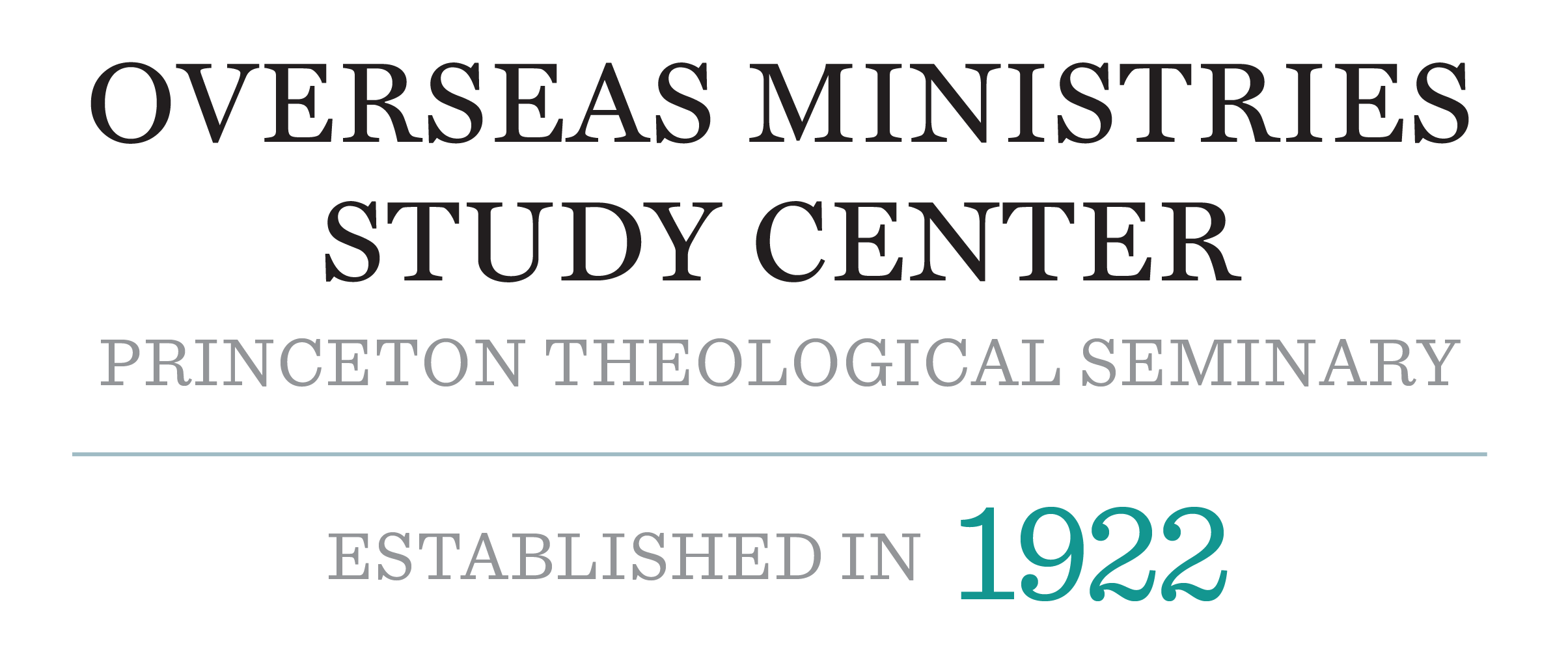By Stephen Di Trolio
One of the beauties of the Christmas season is a season of celebration. A time to rejoice at the good news to “…not be afraid…[that there is] good news of a great joy which will come to all the people; for to you is born this day in the city of David a Savior, who is Christ the Lord…” (Luke 2:10-11 RSV) During this season, we celebrate the peace shared to all humanity in the person of Jesus. Yet, across the globe, we celebrate in a multiplicity of ways and manners a diversity of expressions of Christianity, cultures, geographies, and peoples. In the northern hemisphere, it is cold; the snow often covers homes in a blanket of white. While in the southern hemisphere, summer is a time of warmth and outdoor parties. In my home in Argentina, on Christmas Eve, families gather with friends to share grilled meats and a whole assortment of food, and then at midnight, we blow up as many fireworks as possible. It is not a “silent night” at all but rather filled with glee, shouts of joy, and the smell of burnt fireworks in the air. This year, we have invited staff and OMSC resident scholars to share traditions, practices, and memories from around the globe. We hope that this helps shed light on the many ways in which the common shared peace of Jesus Christ being born on this earth is celebrated around the globe.
Byung Ho Choi – Staff – Indonesia
After spending most of my childhood in Indonesia, a predominantly Muslim nation, I vividly remember that the Christmas season was a time when we saw extra police officers with extra-large guns patrolling the streets and guarding churches. During the humid yet festive Christmas season, many Christians remained on edge due to terror threats and attacks on churches across the country. I distinctly recall one particular Christmas service I attended on Christmas day, where the Indonesian pastor delivered a powerful message: “We pray for peace. As Christ came into this world as the Prince of Peace, let us pray for peace in our villages, our cities, our country, and throughout the world.”
Jun Ding – Resident Scholar – China
One interesting practice at Christmas in China is adopting the “Christmas Apple” tradition. It involves giving apples to friends and family, symbolizing peace and goodwill. It is a relatively new custom, starting in the 1980’s. “Apple” in Mandarin is “苹果 (ping guo)”, of which the first character is a homophone with “平 (ping)”, meaning peace. And Christmas Eve in Chinese is called “平安夜 (ping’an ye),” literally “Peaceful Night.” So, apples came to be seen as “peace fruit,” a seemingly perfect symbol of what people would expect from Christmas. Apples are often wrapped in red or colorful paper, highlighting a festive, shareable moment that blends the cultural significance of peace-wishing and gift-giving with the season’s joy.
Khin Kyu Kyu – Resident Scholar – Myanmar
Christmas is celebrated mainly among Christian households in Myanmar (Burma). Churches mostly hold service services on Sweet December, Christmas Eve, and Christmas Day with hymns and prayers, often followed by feasts and festive activities. Most of the Christian ethnic groups celebrate Christmas joyfully. Let’s take a deeper look into a minority tribe, Lisu; they usually hold huge ceremonies to celebrate across villages in which people gather and exchange presents to strengthen their faith in God and to receive eternal life. People decorate their homes with lights, Christmas ornaments, and stars even at the beginning of December. Plus, they show their excitement and happiness by spreading love and donations to the ones with needs. Choirs and carols are knocking on houses across the town to spread joy and blessings. Family gatherings are frequently held to celebrate the union and the fellowships under the Christmas atmosphere.

Marcos Amado – Resident Scholar – Brazil
We enjoy the Christmas season during summer in Brazil. It is common for families and friends to go to the beach, which means that Santa doesn’t find a chimney to enter the house! Many people (those who can afford it) also leave their cities to gather with family members in other regions of the country. On Christmas Eve, we celebrate around a dinner table filled with various kinds of food, often representing the mixture of cultures that make up most of the Brazilian population: Africans, Europeans (especially Italians and Germans!), Asians (mainly Chinese and Japanese), and Native peoples. So, much sunshine, good food, and cultural diversity!
Chun Lee – Resident Scholar – South Korea
Korean churches have a Christmas tradition that Christians visit the houses of members of their churches at the dawn of Christmas day, singing Christmas hymns as the celebration of shepherds’ praises at the birth of Jesus in the Scripture (Luke 2:14-20). It is called “Sae-byuk-song,” meaning “songs at dawn.” Though the custom of Korean Christians stems from the “caroling” of the 19th century in Great Britain, Korean Christians have elaborated it in their ways. Primarily young or youth Christians carry on the Korean version of caroling, as they form a small group of people and visit doors to doors of their church members. They usually sing Christmas hymns, staying outside church members’ houses. In return, the members show hospitality and appreciation, handing gifts, food, or hot drinks over to the singers. However, this tradition of the Korean church has been fading due to complaints from neighbors about “noises.”
Bo Lee – Artist in Residence – South Korea
My favorite part of Christmas is seeing a lit-up tree in some corner of a room. I spent my childhood in South Korea, and my sisters and I loved assembling our plastic tree, wrapping the lights around it, hanging the ornaments, and making snow with cotton balls. On Christmas day the streets are busy with people and Christmas songs are played loudly from stores. When we came to the US, we were disappointed that the streets were quiet and empty on Christmas day. When I had my children, we were living as expats in Europe. We revived the tradition of decorating our own Christmas tree when our youngest child was three with a real tree as tall as him and decorated it with homemade salt dough cookies and of course, lights. For the expats, Christmas often means traveling back to home country to visit families. We spent our last Christmas day in the airport. We celebrated Christmas in front of a tree at my sister’s house as soon as we arrived. We hung the ornaments in the shape of birds that we brought from the Christmas market in Germany. We adopt the Christmas tradition each year according to the situation and the company we get to enjoy it with.
Enjoy a Christmas greeting from our Resident Scholars in their native language. May your days be filled with peace, hope, and joy this holiday season. As always, thank you for your support of OMSC@PTS as we continue serving the world Christian movement. Every blessing in Christ, OMSC@PTS Staff




